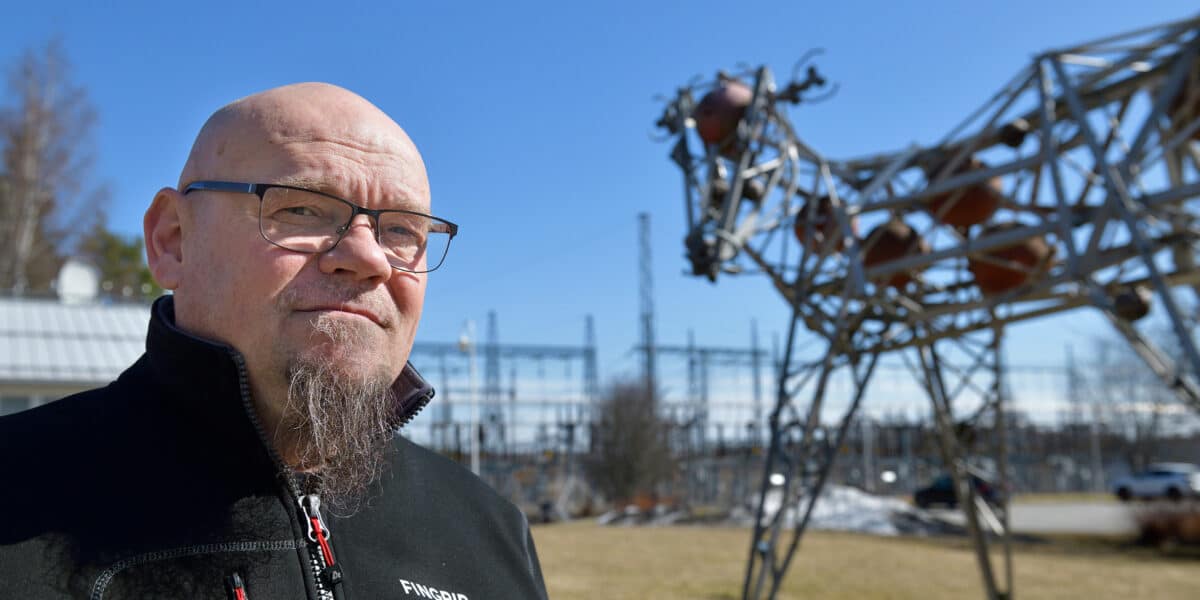Repairs, maintenance, and investments in the branch lines connected to the main grid can also cause transmission outages in the main grid. Every year, more than 1,000 planned electricity transmission outages take place in the main grid, so there is always an outage happening somewhere in Finland.
“These are busy times. Transmission lines and substations are being maintained, serviced, and built all over Finland. These cause transmission outages. If the transmission outages are long, it is important to calculate system security,” says Jouko Loikala, Fingrid’s Regional Manager for Southern Finland.
The timing of electricity transmission outages is also important, and the aim is to carry out most of the work in the spring–autumn season. Some work requiring transmission outages is also done in the winter. For example, frozen ground is more conducive to transmission line construction and maintenance because it is easier to move heavy-duty equipment on harder terrain.
Work is sometimes scheduled for weekends or at night to reduce the impact on the market. When work is carried out on the connection lines for major power plants and large-scale industry, the outages are planned to coincide with annual maintenance.
Getting going well in advance
Fingrid is responsible for the main grid, and electricity companies are responsible for planning outages and switching in the distribution network. The plans are coordinated and integrated into Fingrid’s plans.
Outages should be planned well in advance to minimise their adverse impact on the electricity market and the security of the energy supply.
In broad outline, the process proceeds as follows: Fingrid’s Grid Maintenance unit analyses the transmission and outage needs for the following year by the end of November. This information is used to coordinate work and prepare preliminary timetables for the next year. These are presented to the customer by the end of the following January.
“We try to include every party’s maintenance needs in our outage plan to minimise the impact on customers and the electricity market. Coordination leads to the minimum possible disruption, good system security, and occupational safety,” Jouko Loikala says.
See local information about power outages (in Finnish)







